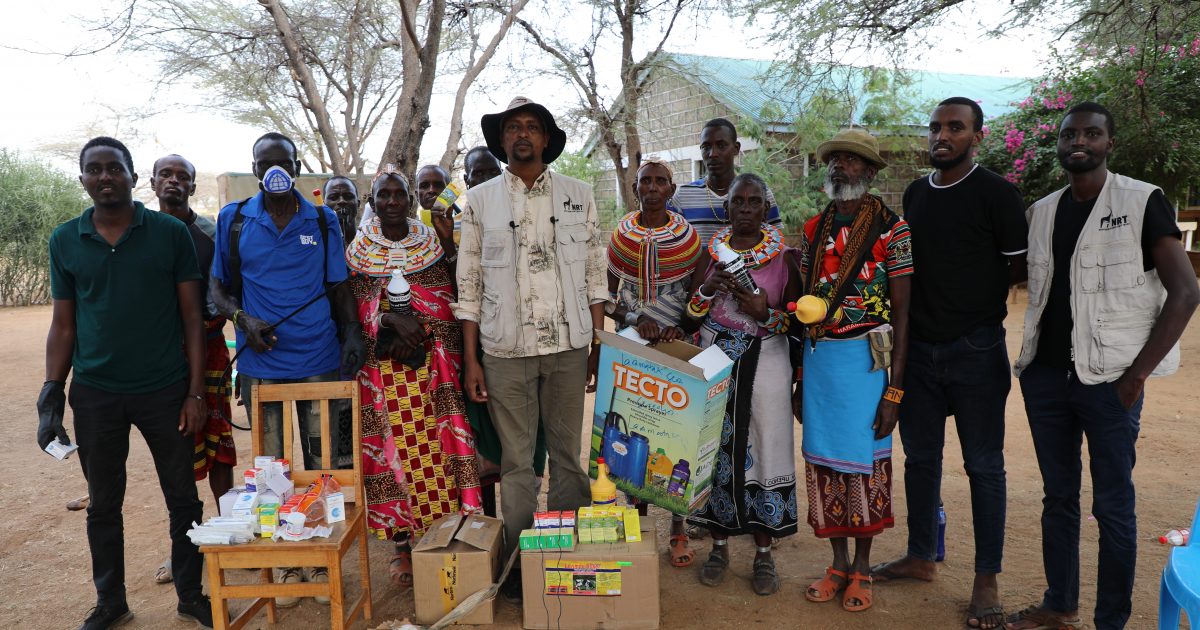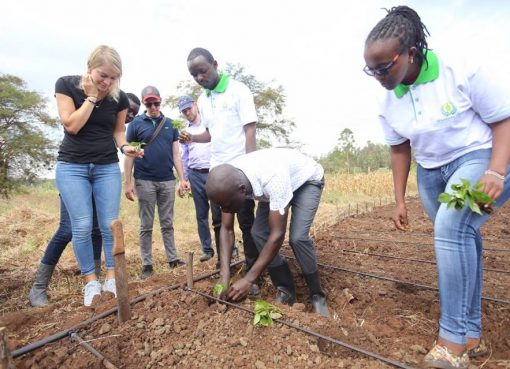The Northern Rangelands Trust (NRT) has rolled out a capacity building initiative to empower selected pastoralists communities in Kenya and Uganda harness their livestock value chain through resource mobilisation and development planning.
The ambitious initiative dubbed ‘Ufugaji Bora Mashinani’, with the support of the USAID’s Local Works Program targets at least 43 community conservancies in the two countries by enhancing their livestock productivity capacity by developing their resource value chain in order to increase household income.
The program which encompasses a farmer’s field school approach (FFS) targets to enlist at least 300 pastoralist herders in 10 clusters for modular training on livestock breeding and feeding, animal health and marketing
In a press release, the NTR Trading’s Livestock Director Dr Wario Sake also announced plans to train the herders on nutrition, climate change, leadership, and governance aspects in resource planning, through linkages with local institutions to put their gained skills to proper use.
He emphasised on the importance of seeking the advice from animal health practitioners to ensure that drug administration was safe and effective for their livestock.
At the same time, he also pledged to provide continuous technical assistance to pastoralist communities throughout the life of the project.
He said the concept entails the registration of trained herders as formal groups within their respective clusters in ten selected conservancies in Northern Kenya’s four counties of Isiolo, Samburu, Laikipia, and Marsabit.
Through strategically instituted feedback mechanisms, Dr Sake said the programme was set to monitor and evaluate the outcomes in weekly digital reports from cluster leader to Livestock technical team for regular progress assessment.
In Samburu County for example, the Ufugaji Bora Mashinani cluster in Sereolipi Conservancy registered the Laramatak Livestock Group whose Value Chain initiatives attracted the attention of the stakeholders for support from Community Driven Development Committee (CDDC) for Emergency Locust Response Programs.
The group Chairperson Alex Lekisaat said the pastoralists were also provided with animal health in-put supplies including anti-anthelmintic, antibiotics, multivitamins, personal protection equipment (PPEs), knapsack sprayers, anti-inflammatories, and anti-protozoans.
“This programme is transformative and has provided livestock keepers with skills and knowledge, consequently opening the door for support and services from other stakeholders,” he says.
He added that such supplies were key for the health and well-being of their livestock to promote productivity and their income as the world grapples with the effects of climate change issues that pose challenges to livestock production which has become critical to economic development for a healthy future.

The ‘Ufugaji Bora Mashinani’ initiatives was precipitated from a baseline report conducted in August 2021, which revealed practical skill gaps among herders as an impediment to profitable livestock production.
NRT Trading which is a business accelerator for social and conservation impact enterprises, established by the Northern Rangelands Trust (NRT) unveiled the training manual using curriculum and methodology approved by the Livestock Departments in all the beneficiary counties.
These trainings and sensitization have lately resulted in pastoralist groups becoming powerful champions for the development as the value of livestock production expanded enormously.
The development comes in wake of reports from the United Nations Food and Agriculture Organization (FAO) indicating that over 600 million of the world’s poorest households rely significantly on livestock as a key source of income where at least one to eight people in every family was dependent on the subsector.
By Wangari Ndirangu




